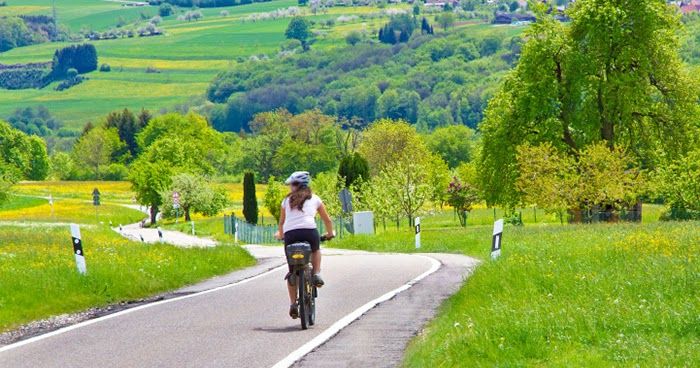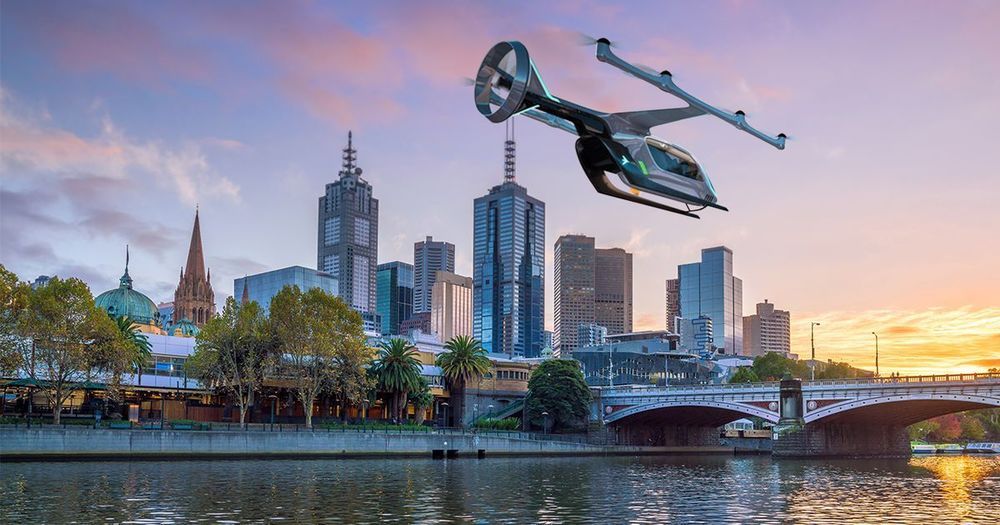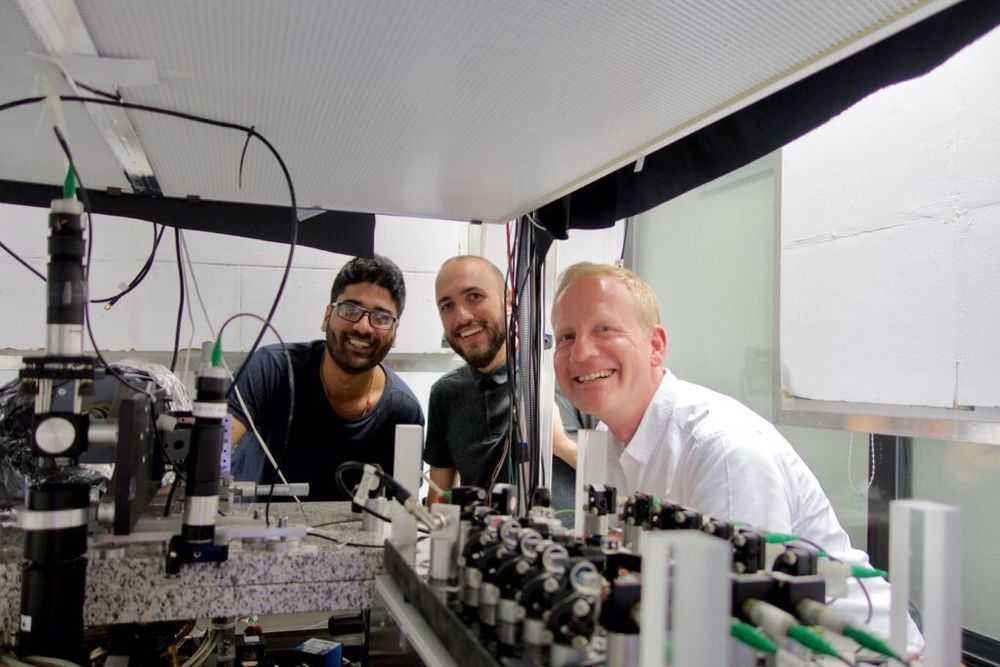What would trucks look like if they didn’t need to accommodate a human driver? Volvo Trucks’ Vera vehicle is an exploration of this idea, doing away with the cabin entirely so it can more efficiently tow goods around ports and factories. The freewheeling four-wheeler has just been assigned its first task, and will soon go to work delivering containers to a port terminal in Sweden.
Category: transportation – Page 468


Aston Martin will race a detuned Valkyrie at Le Mans in the new Hypercar class
The Automobile Club de l’Ouest has announced a new top class for the Le Mans endurance race – a “hypercar” class that will begin in 2020–21, designed to entice some of the world’s most extreme streetcars to throw down and prove themselves. And one we’ll definitely see on track is the awesome Aston Martin Valkyrie.

Taiga Motors launches new electric snowmobiles with impressive specs
Taiga Motors is one of the rare companies working to bring to market an all-electric snowmobile, which is actually a segment of transportation that desperately needs cleaner solutions.
The startup is unveiling today its new lineup of electric snowmobiles with some impressive specs.
With little to no standards and many two-stroke engines, current gas-powered snowmobiles are generally incredibly polluting – sometimes 50 times more polluting than an average car. People operate the machines to experience the great outdoors and it’s a shame to have to pollute your environment to do it.



Hypersonic matterwaves for ultrafast atomtronics
Atomtronics manipulates atoms much in the way that electronics manipulates electrons. It carries the promise of highly compact quantum devices which can measure incredibly small forces or tiny rotations. Such devices might one day be used to monitor Earth’s status by sensing water levels in the desert or in the search for minerals and oil. They will also be used in navigation, when GPS fails on planes or ships due to malicious attacks or simply because it is not available, e.g. in the deep seas. They might also one day act as portable quantum simulators solving complex computational tasks.
Coherent atomtronics manipulates atoms in the form of matterwaves originating from Bose-Einstein condensates (a state of matter in which all the atoms lose their individual identity and become one single quantum state with all the atoms being everywhere in the condensate at the same time). The atoms in these matterwaves behave much more like waves rather than individual particles. These matterwaves can be brought to interfere and thus made to respond to the tiniest changes in their environment such as the difference in gravitational pull between light organic material and heavy iron ore. When compared to light, atoms can be 10 billion times more sensitive, e.g. to rotation or acceleration, when compared to the photons that make up light. This sensitivity depends on the measurement time and—just like Newton’s apple—atoms fall due to Earth’s gravity. This forces the most sensitive interferometers to be very tall, reaching 10 meters and in some cases even 100 meters.
Volkswagen obliterates Nürburgring electric record
Volkswagen built its ID.R with the intention of showing what the heads in its electric drive division are capable of, and it only took a few months after its unveiling for the zero-emission race car to claim a record at the iconic Pikes Peak. The twin-motor electric racer has now built on this with yet another momentous showing, this time at Nürburgring-Nordschleife, where it has broken the lap record for electric vehicles by a whopping 40.564 seconds.